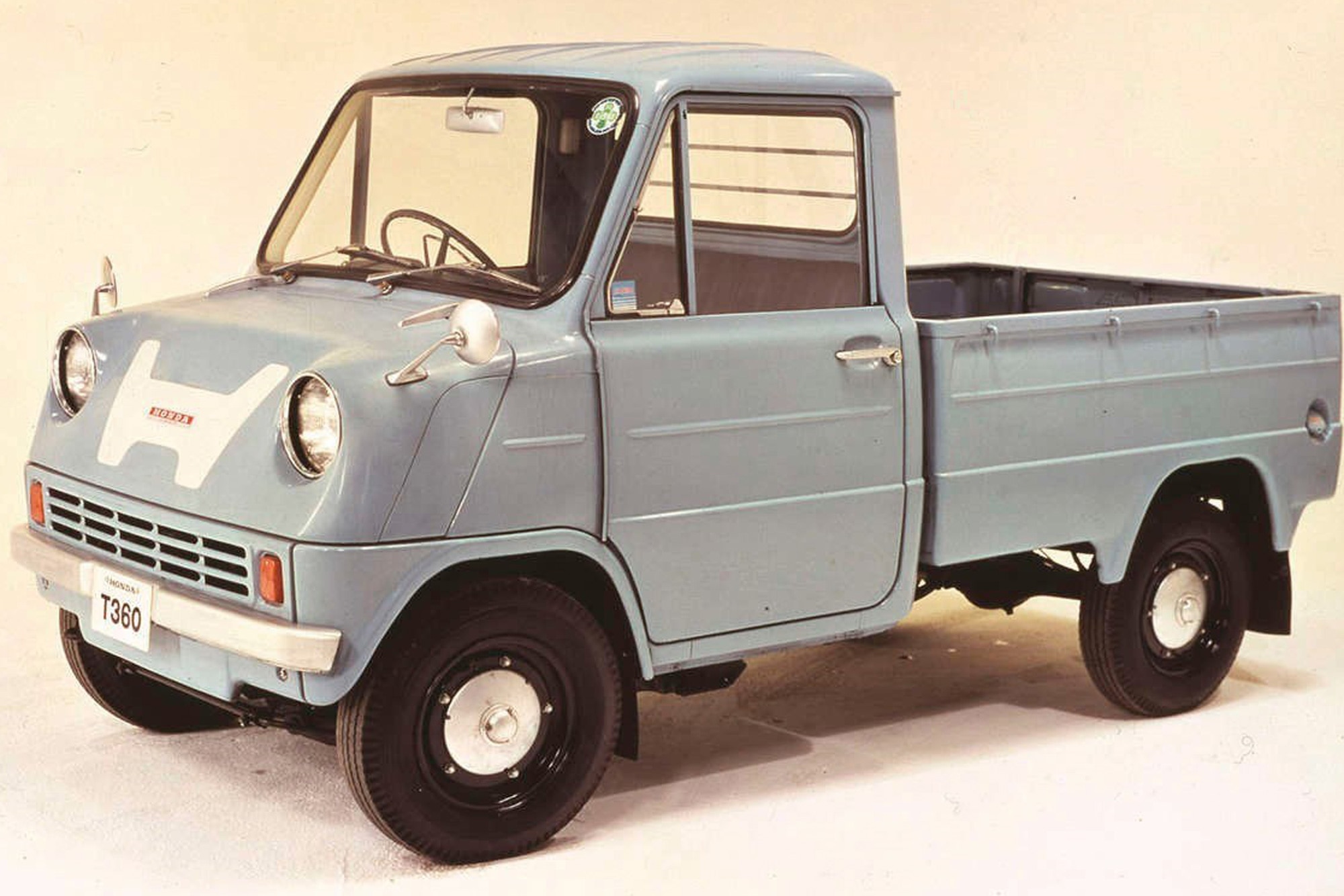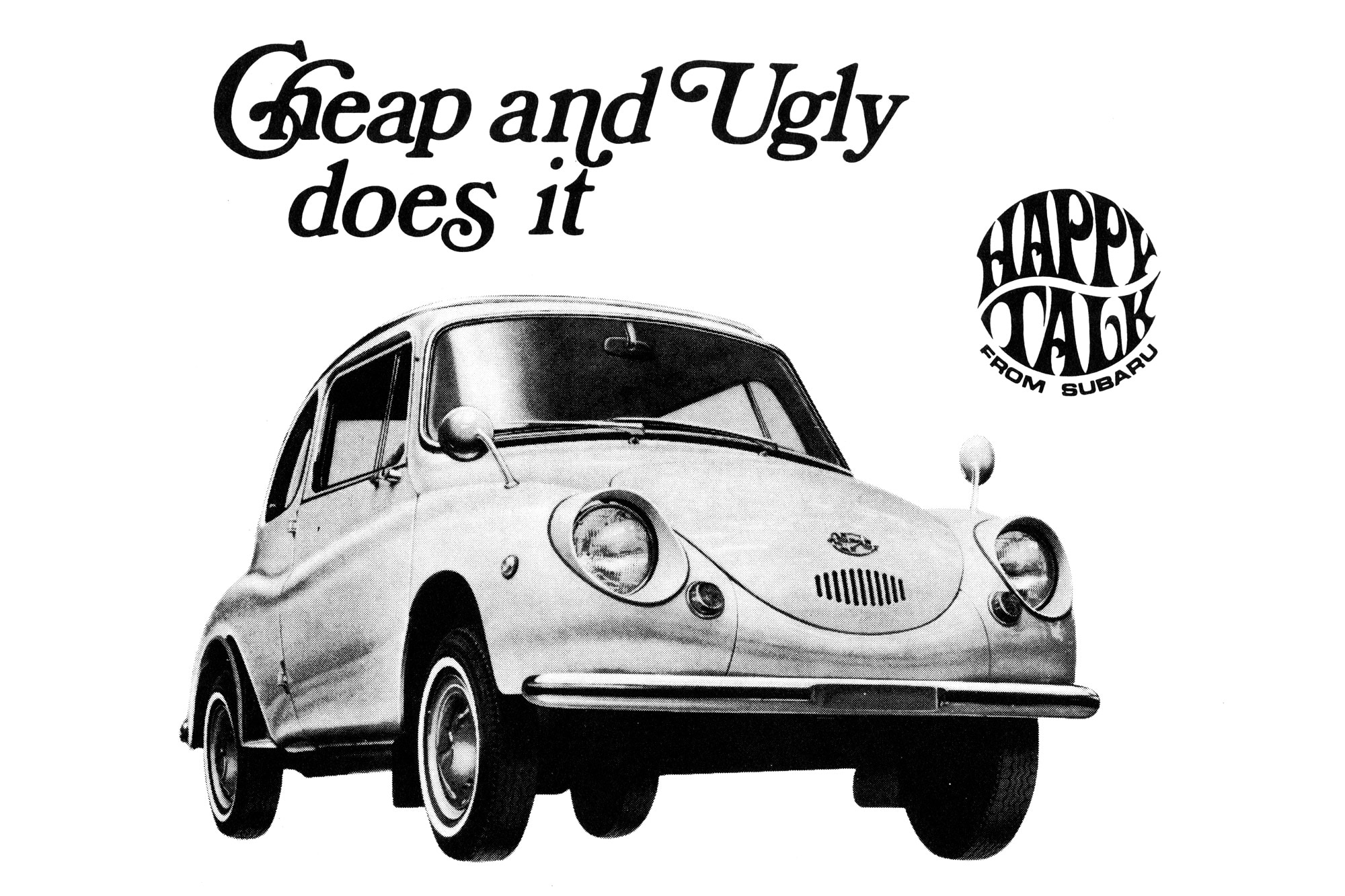Exploring the Popularity of Tiny Kei Cars in the U.S.
These little Japanese machines keep winning hearts of Americans.
 Honda
Honda
QuickTakes:
Soon after the end of World War II, the Japanese government established tax and regulatory breaks to encourage citizens to buy and drive very small cars. Known as kei jidōsha or light automobiles, kei cars became incredibly popular in Japan, particularly after the introduction of the diminutive Subaru 360 in 1958.
Measuring just 117 inches long and weighing less than 1,000 pounds, the 360 was sold new in the United States, followed by a re-engined Honda kei car called the N600.
While those new kei cars never really caught on with the general public in the United States, increasing numbers of Americans more recently have found happiness and, in some cases, profited by driving used kei cars brought over from Japan. What is it about these little machines that appeals to drivers in the United States, and how might one make sense for your driving needs?
 Subaru
Subaru
Efficient Kei Cars Are Popular in Japan
Though the Japanese government began removing many of the financial incentives for its citizens to own kei cars about a decade ago as a means of encouraging car manufacturers to concentrate on vehicles better suited for export, new kei cars are still available and popular there. There are tiny roadsters, minuscule SUVs, miniature vans, little flatbeds, and diminutive hatchbacks rolling out of Japanese showrooms right now. That means older kei cars are plentiful and reasonably priced in their homeland.
Kei cars have always been defined by their maximum allowed engine size and external dimensions. The standards since 1990 mandate length less than 11 feet, 2 inches with a width less than 4 feet, 10 inches, an engine displacement below 660 cubic centimeters (0.6 liters), and a maximum power output of 63 horsepower. Some current models run on electricity.
These limitations have made kei cars masterpieces of efficient use of space, with startling levels of comfort and convenience options in most models. Many even boast air conditioning and all-wheel drive. Japan has such strict vehicle inspections and steep registration fees that even the most adorable used kei cars tend to be reasonably priced.
 Honda
Honda
How to Get a Kei Car of Your Own
While it is possible to buy a kei car in Japan and arrange to have it brought to a port in the United States, this can be a daunting task for the uninitiated. There are plenty of kei cars already in the U.S., titled and bearing state license plates. Numerous businesses specialize in buying, shipping, and obtaining titles for kei cars right from Japan.
A kei car being imported to the U.S must be 25 or more years old at the time of its arrival in the states, and many states and counties have rules requiring them to pass emissions tests of varying levels of strictness in order to be registered for street use.
It's important to research such requirements for your locality before committing to a kei car purchase. Some states — including Maine, Rhode Island, New York, Pennsylvania, and Georgia — have moved to prohibit or restrict kei car use on their roads, though such regulations don't apply to kei cars used on private property.
 Honda
Honda
Kei Car Versatility Is Prized by Farmers and Families
Kei cars are well suited for life in crowded cities, able to squeeze into the tightest parking spots while achieving fuel economy of better than 50 mpg in town. In the U.S., the sporty models (for example, the Honda Beat or Autozam AZ-1) may attract just as much attention as any Rolls-Royce or Lamborghini.
Kei trucks can be hard workers and competent off-road when equipped with four-wheel drive and the right tires. In Japan, kei trucks often find employment as police vehicles or fire trucks. While a kei truck can't carry extremely heavy loads — due to its limited engine power and lightweight suspension — it can hold as much cargo as larger vehicles.
Farmers and ranchers find kei trucks especially useful, in Japan as well as in the U.S., thanks to their fuel-sipping ways and their ability to navigate narrow paths and trails.
A tall kei wagon can seat four adults in comfort while still sneaking into spaces off-limits to larger machines. Kei vans generally have folding seats that allow them to be converted from passenger to cargo-hauling use, and many are set up to provide a flat space large enough for occupants to sleep inside on camping trips. Some kei vans even have a large semi-convertible sliding roof to provide sun and fresh air while enjoying the great outdoors.
What kei cars are not well suited for is long-distance highway driving, especially in very hot weather. The speed limit on most Japanese highways is around 60 mph, and that's about the maximum sustained speed at which a kei car is designed to operate in the real world. Unlike most vehicles, a kei car tends to get better fuel economy in city driving than in highway driving.
 Mazda
Mazda
Kei Car Popularity in the U.S.
While exact figures are hard to come by, kei cars have become increasingly visible and sought-after in the U.S. in recent years, especially once the well-equipped kei vans of the 1990s became legal to import under the so-called 25-year rule.
Bring a kei car to a car show in the U.S. and you'll see the crowds passing by vehicles twice as big and 10 times as expensive to come and admire your cute little Japanese car.



